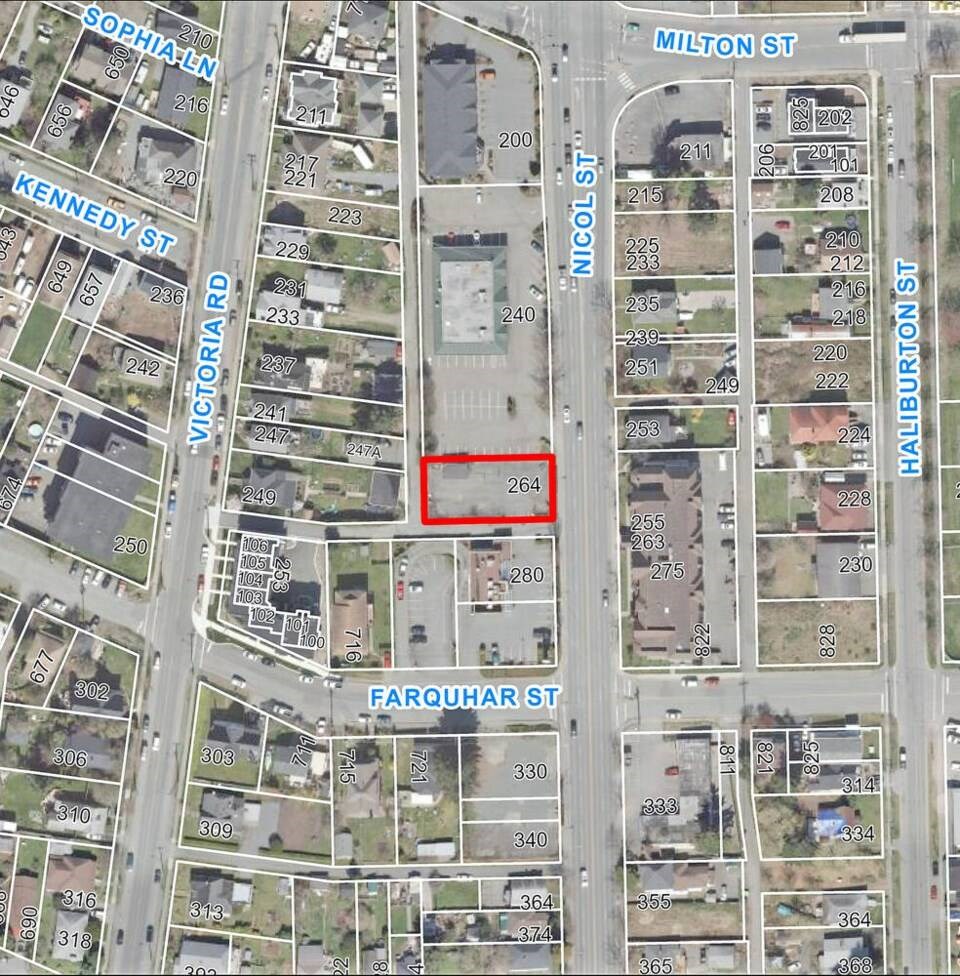The peer-run overdose-prevention consumption site in Nanaimo has been declared a nuisance property by city council.
The decision does not shut down the 264 Nicol St. service. Rather, council members said they wanted to find ways to mitigate continuing concerns from neighbours.
If a property is declared a nuisance, the city can impose fines to charge for municipal services called there, including police. An RCMP report said police have been called to the property 14 times since last April.
Councillors Sheryl Armstrong, Hilary Eastmure, Ben Geselbracht, Erin Hemmens, Paul Manly, Janice Perrino and Ian Thorpe voted in favour of the declaring the site a nuisance. Coun. Tyler Brown was opposed. Mayor Leonard Krog was absent.
The facility is operated by the Nanaimo Area Network of Drug Users (Nandu), which leases the site, owned by a Vancouver company. The property was previously vacant, city staff said in a report to council.
Local residents complain of being frightened by what takes place on and near the property, citing noise, lack of security at the site, open drug consumption, fighting, garbage and vandalism.
At Monday’s council meeting, area resident Collen Middleton, of the Nanaimo Area Public Safety Association, read out a series of quotes from neighbours to illustrate the concerns. One said, “The long nights of loud noises coming from there, the constant yelling, people passing out in the alley, open drug use etc. None of that has changed since opening.”
One said: ”I can’t even use my own backyard right now because I don’t want my young children to see, smell or hear everything going on back there.”
Another said the people regularly cross four lanes of traffic on Nicol Street to reach the site.
Sarah Edmondson, a Nandu spokeswoman, told council volunteers are doing their best to run the facility, but have few resources. They use their own money to pay for propane for heat and some collect cans to get money for the facility.
The volunteers hand out safe supplies and supervise people using drugs within a large white tent on the property.
“The number of overdoses we have not only dealt with but also prevented is huge,” Edmondson said.
Nandu has seen people go on to become sober and rejoin society, she said.
If a problem comes up within five blocks of Nandu, the facility gets blamed for it, Edmondson said.
But “a lot of the time we are the ones that are stopping people from hanging out in the alleys and doing drugs in the alleys, and doing drugs in sight of any of the neighbouring buildings.”
Dave LaBerge, head of bylaw enforcement, said city staff have gone by the site just about every day and a previous level of oversight in not evident anymore. “The vehicle gate is wide open. People are coming and going … and driving vehicles and there’s nobody meeting them or taking account of what is going on in the overall site.”
Thorpe said the question is not about whether the facility is needed or how effective it is. The real issue is whether it meets the criteria for designation as a nuisance property.
“If there is a substantial identified negative impact to the neighbourhood then it can and should be deemed a nuisance property.”
Brown said he was opposed to the motion because it is largely a cost-recovery effort.



